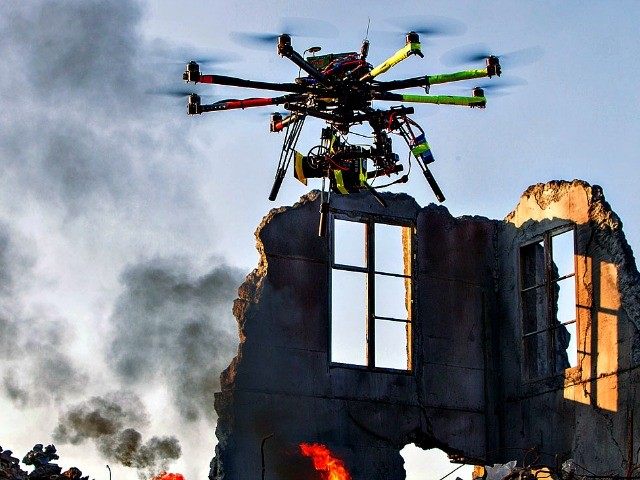The Federal Aviation Administration (FAA) unveiled its first commercial drone use regulation for unmanned aerial vehicles under 55 pounds on Sunday, 46 days later than promised. Not to be left out of the headlines, the White House issued a Presidential Directive requiring federal agencies to begin disclosing where they fly drones in the U.S. and what they do with the blizzard of surveillance data they have been collecting.
The new FAA rules will instantly launch a billion-dollar American-based industry. About 95% of unmanned aerial vehicles in 2012, known as “drones”, were operated by the U.S. military, with a sprinkling from France, U.K., Germany, India, and Israel. But today, the tens of thousands of military drones are overwhelmed by several million commercial and personal drones operating for fun and profit around the world.
The new FAA regulations and the White House directive will provide the basic rules to govern the conditions under which drones can be flown in United States, and by whom. Commercial operators will not have to obtain a regular FAA pilot’s license or demonstrate their flying skills. They will simply need to pass a written “proficiency test,” register the drone with the FAA, and pay about $200 in fees.
The proposed FAA regulations are subject to a period of public review and comment for at least 120 days after the FAA publishes the proposed rules in the United States Federal Register. Full approval is not expected to least until early 2017. Once finalized, the FAA estimates that more than 7,000 business permits will be issued over 3 years.
The FAA’s rulles will restrict the commercial use of unmanned aerial vehicles to daylight hours initially, and require drones to remain within eyesight of the operator or observers posted on the ground. The maximum speed would be limited to 100 miles per hour and a maximum altitude of 500 feet.
Transportation Secretary Anthony Foxx told reporters on a Sunday conference call, “We’re putting forward what we believe to be the safest possible approach at the moment, but of course we look forward to hearing back from the public.”
Those initial restrictions will prevent Amazon.com from following through with its promise to start direct drone delivery services for retail purchases. The Washington Post, which is owned Amazon’s CEO, Jeffrey P. Bezos, commented that the rules are expected to be loosened over time as drone technology makes innovations.
That innovation was on display at the L.A. Drone Expo held at the Los Angeles Memorial Sports Arena in late December. Thousands of drone enthusiasts filled the arena, despite the fact that commercially flying drones for profit was still illegal at the time. Top experts from Berkeley, Stanford, MIT, and AVUSI gave lectures on new technologies and applications. Dozens of drones safely flew around the arena as head-banger music blared and giant video displays premiered games that incorporate drones.
U.S. sales are increasing fast as drones become cheaper, more powerful, and easier to fly. Amazon offers dozens of brands, starting at $50. DroneFly, in its second year of operations, advertises that it will sell over $9 million in drones in 2013 — its first year of operation. This year, the company is set to triple that.
The FAA had banned almost all private-sector drone use in the U.S. until it could develop a regulatory structure that could protect people from accidents with the large number of low-flying private planes operating in the U.S. that are at risk from drones. But the FAA in October gave six film companies permission to use drones, bringing approvals for a nation of 315 million people to only eight legal commercial drone operations.
European Union members sought to leapfrog the U.S. by approving thousands of legal commercial operations. Berlin’s Service-drone.de GmbH, has sold over 400 unmanned aircraft to private-sector companies and is releasing its 4th generation device.
There have been serious close calls between drones and passenger jets crossing paths, such as the YouTube videos that show “flyaway” when drones lose Wi-Fi connections or suffer from faulty programming and crash.
FAA officials said they are considering a separate set of rules for “micro-drones” that weigh less than 4.4 pounds. Under those rules, operators would not have to pass any kind of test; they would only have to submit a written statement to the FAA promising that they were familiar with basic aviation safety measures.
By next Christmas, aerial drones will be all the rage.

COMMENTS
Please let us know if you're having issues with commenting.